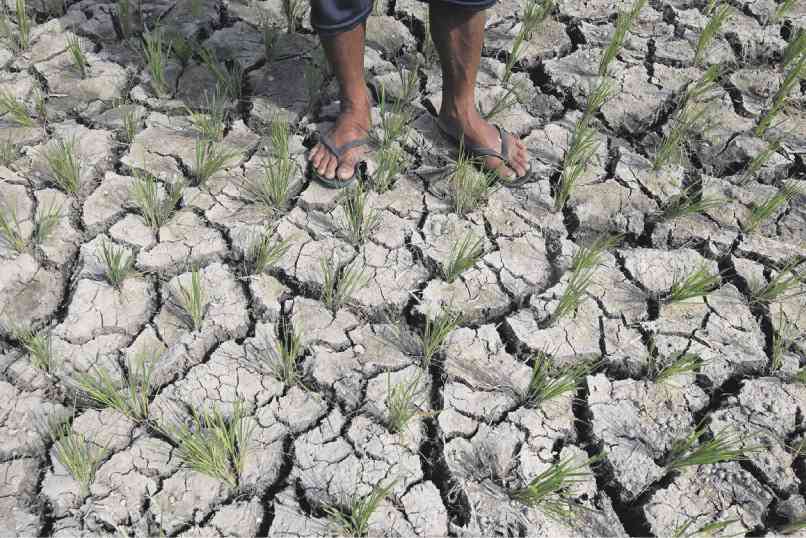MANILA -The expected return of El Niño in the next month or two will most likely be “moderate” but also possibly “strong,” and is seen to persist until early 2024, according to climate experts.
For the Philippines, this means the year’s main crop of rice is facing hazards from less than usual rainfall and even drought that may undermine a secure supply of food.
In its latest monthly bulletin, the United States-based Climate Prediction Center said that oceanic and atmospheric observations made in April, indicated that El Niño is likely to form during the May-July season and persist in November to January.
The CPC said that a combination of a forecast about wind direction and above-average temperatures in the ocean “means that a potentially significant El Niño is on the horizon.”
“While at least a weak El Niño is likely, the range of possibilities at the end of the year (November-January) include a 80-percent chance of at least a moderate El Niño to a 55-percent chance of a strong El Niño,” the CPC said.
The agency put the likelihood that El Niño will last until the Christmas season at 90 percent.
Both government and private-sector economists are wary of the upward pressure on food prices in the Philippines coming from El Niño, especially after monthly inflation readouts have been receding since reaching a peak in January.
Michael Ricafort, chief economist at Rizal Commercial Banking Corp., said the risk of drought caused by El Niño in terms of reduced agricultural output and increased food prices in the latter part of 2023 to early 2024 will offset the economic benefits of expectations about inflation further slowing down in the months ahead.
Headline inflation settled at 6.6 percent in April from 8.7 percent in January.
Philippine inflation eased to 7.6% in March
Ricafort said expectations now point to the rate of increase in prices of goods and services easing further to 5 to 6 percent in May and June; about 4 in July to September; and about 3 percent in October to December.
Meanwhile, Secretary Arsenio Balisacan of the National Economic and Development Authority downplayed concerns of upward pressure on prices amid a looming threat of El Niño.
Balisacan said the agriculture sector’s 2.2-percent growth in the first quarter—thanks mainly to favorable weather—was a promising beginning to 2023, especially given the expected challenge of El Niño.
“We have experienced El Niño before and are confident that with adequate planning and preparation, we can successfully navigate it again this year,” he said.
—RONNEL W. DOMINGO
READ MORE:
World could face record temperatures in 2023 as El Niño returns
Read Next
Subscribe to INQUIRER PLUS to get access to The Philippine Daily Inquirer & other 70+ titles, share up to 5 gadgets, listen to the news, download as early as 4am & share articles on social media. Call 896 6000.
For feedback, complaints, or inquiries, contact us.
For all the latest Business News Click Here
For the latest news and updates, follow us on Google News.

